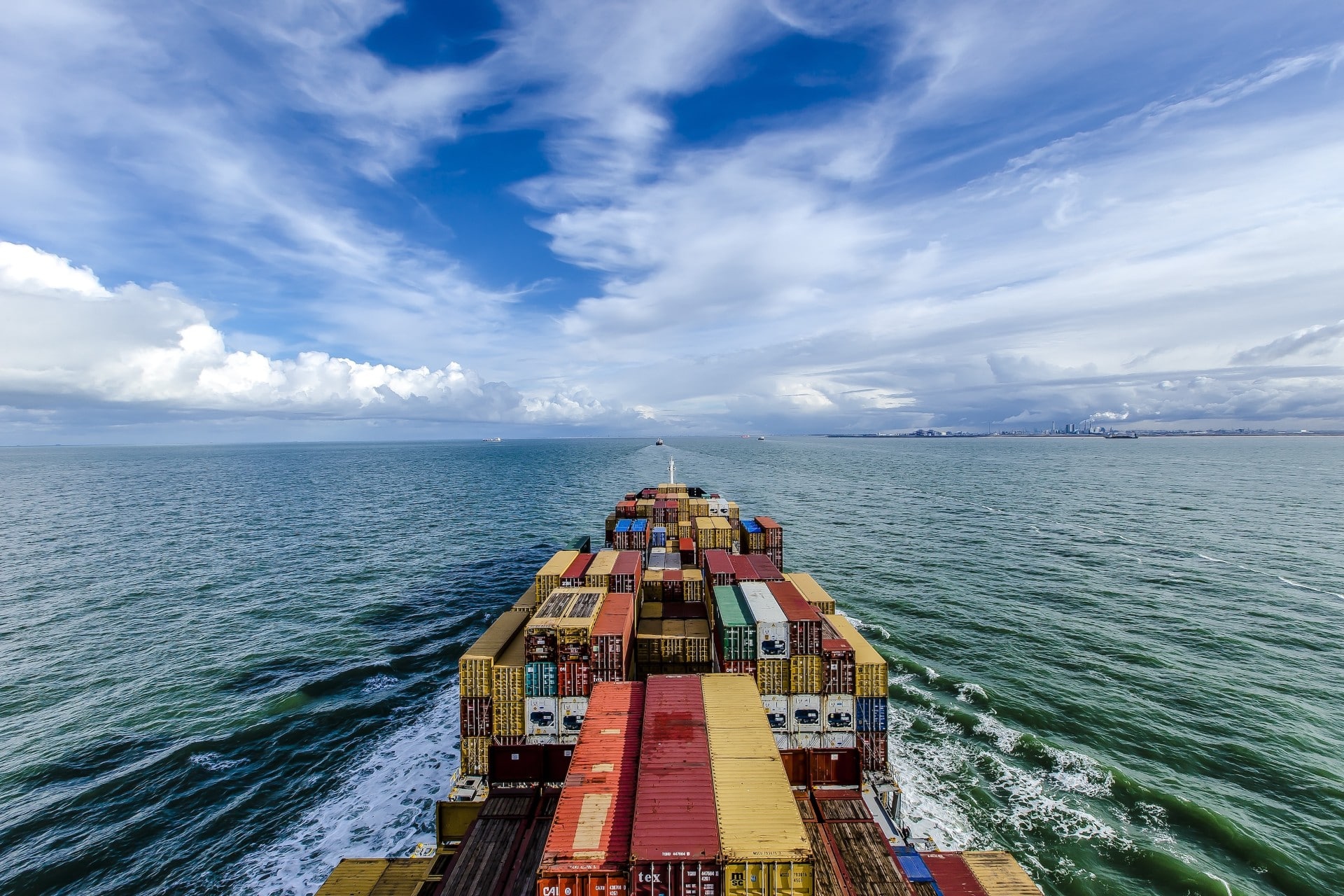We use cookies
We use cookies, such as functional cookies to make your website visit easier and analytical cookies to gather insights from visitor behaviour. Your (visitor) data remains anonymous, so your identity cannot be traced.
You can change your permissions via 'customise preferences'.
Read our Cookie-statement here.
|
Close
